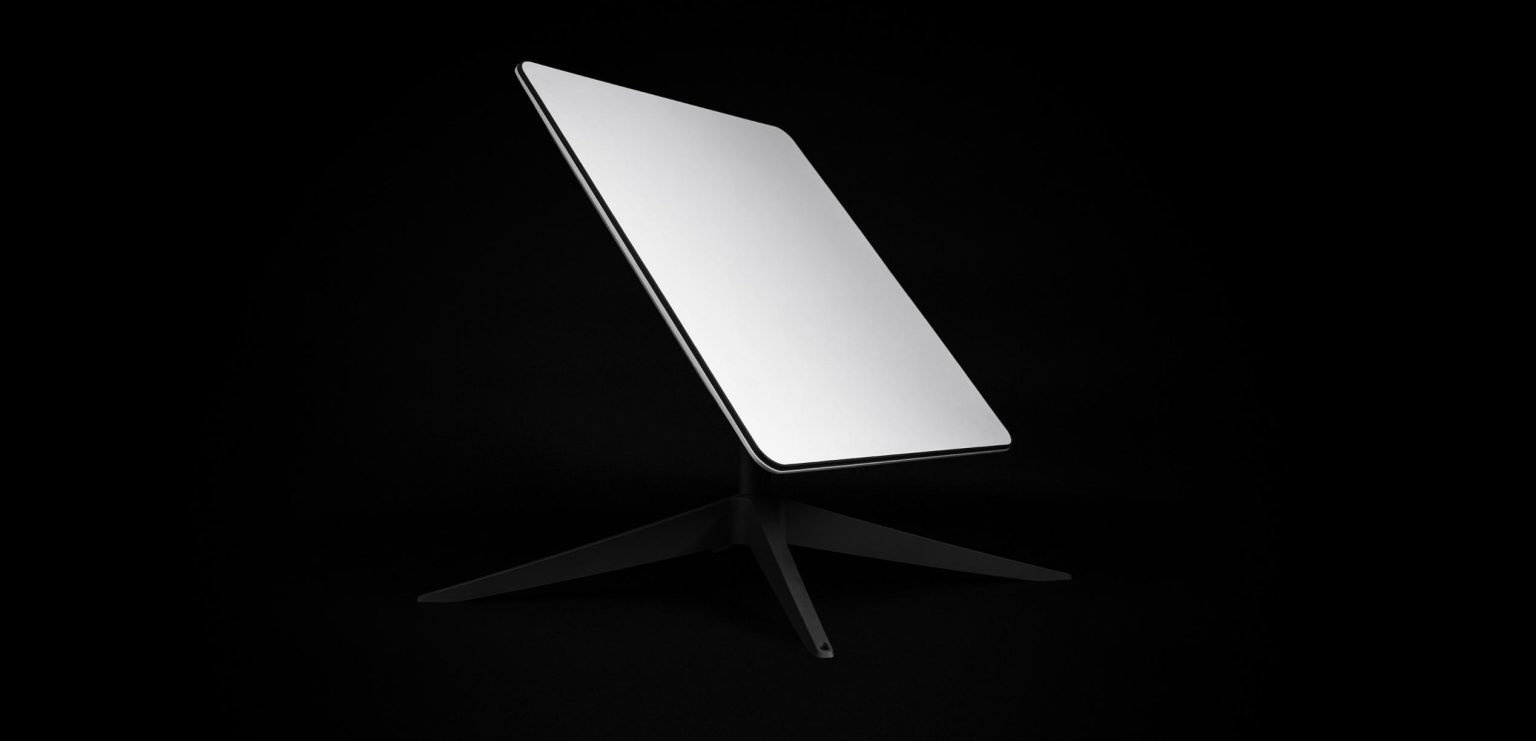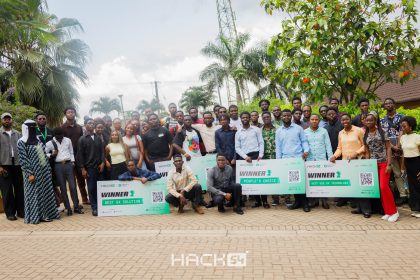Editor’s note: At the time of our review, we reviewed the Gen 2 Starlink Kit. The new Gen 3 Kit is likely to have improved internet performance
In Ghana’s internet space, companies like MTN and Telecel (formerly Vodafone) have been the dominant entities offering internet services to individuals, homes, and businesses.
Over the years, the space has been dwindling, with consumers having fewer options to go for their internet service with the exits of competitors.
Starlink, Space X’s satellite internet service from billionaire Elon Musk, has been gaining popularity on the African continent since it first launched in Nigeria in 2023.
Although the service is meant for rural areas that lack or have limited access, there has been a mass clamoring for Starlink in Ghana due to limited competition and frequent downtimes of internet service.
On April 25, Ghana’s National Communications Authority officially approved Starlink’s application to operate in Ghana. The service officially began its operations in Ghana in September 2024.
We managed to get our hands on the Starlink hardware and have been using the service for a bit to judge its performance.
So, is it worth switching from your internet service provider and getting Starlink internet?
Here’s our review of Starlink in Ghana:
The Hardware

The Starlink hardware is made up of two items: The Router and the Satellite Base Station.
The Router
The Starlink router has a simple design. On the front, it features an image of a satellite trajectory around the Earth with a SpaceX logo at the bottom. Underneath the router is a connector for the power and the cable which connects to the Starlink base satellite.



Interestingly, there’s no LED indicator on the front of the router but it’s rather located on the bottom to show when it’s on when connected to power.
The Satellite Base Station
The Starlink regular base station (Gen 2) is a simple dish with a metal stand. It’s super easy to attach and take off.



Included in the Starlink kit is a fairly lengthy cable that you attach from the dish to the router. When setting up the dish, it’s best to place the dish on a high roof or in a space that is not obstructed by trees or tall buildings for maximum performance.
Setting up the hardware is pretty easy. It’s all about setting up the base station in an optimal location (pointing away from trees and tall buildings), plugging the wire into the router, and turning it on.
After you’re done with the base station setup, you can start to interact with Starlink’s internet service through its mobile app.
The Starlink App
One of the most impressive things about Starlink is its mobile app. The app allows you to control almost every aspect of the Starlink internet experience.



The app indicates when the Starlink is connected and online. On the app, you can also view what devices are connected to the network, run a speed test, configure your router, view data about the internet service (latency, download speed, etc), and much more.

A cool aspect of the app is its ability to show consumers if the Starlink dish is impeded. The dish takes a 3D scan of its environment and displays it on the app to notify users of any hindrance to its performance.
The only thing that dampens the Starlink internet performance is the weather. In a heavy downpour, Starlink’s internet service is almost unusable
Pricing
If you’re considering getting Starlink, you’re going to be interested in two parts: Starlink hardware pricing and monthly payments.
Starlink Hardware
The Starlink hardware comes in two variants: The Standard and High Performance. The Standard is the default model and sells for $599. Starlink at the moment charges 5370 GHC for the kit.

| Item | USD | GHC |
| Starlink Standard Kit | $599 | GHC 5390 |
| Starlink High-Performance Kit | $2500 | N/A |
To access the internet service, you’ll need to make monthly payments to Starlink. Starlink has two options: Standard Pricing and Priority Pricing. Although priced at $120 in the US, Ghanaian consumers will pay a monthly fee of 770 GHC.
| Item | USD | GHC |
| Standard Monthly Cost | $120 | GHC 700 |
| Priority Monthly Cost | $140/$250/$500 | N/A |
The priority option adds priority support and a Public IP option. The standard option would be our recommended choice.
Internet Performance
So how does Starlink deliver when it comes to internet speed? In a word: Great.
When we first tested the service, we were achieving speeds of between 120 – 150 Mbps. Upload speeds were around 18 – 25 Mbps with a 30 ms latency*.
*(Latency is the delay before a transfer of data between the Starlink dish and its satellites. The lower the latency, the better the performance)

When we tried the service for gaming, the difference between our fibre internet and Starlink was negligible, but our fibre service performed better because of lower latency.
If you’re a serious gamer who plays competitive gaming online, fibre internet might be the better option. But for movie streaming and downloads, Starlink’s performance really shines.
The only thing that dampens the Starlink internet performance is the weather. In a heavy downpour, Starlink’s internet service is almost unusable. Normal rainfall will reduce performance but you’ll still be able to get decent internet albeit with slower speeds.
Is Starlink Better Than Ghana’s Local Internet Services?
As much as there is a big cry for better competition when it comes to internet service, Starlink unfortunately isn’t going to replace your fiber internet. At least, not for now depending on your needs.
The upfront cost for the Starlink device can be a bit much especially when compared to services like MTN and Telecel which cost about GHC 150 for an installation fee.
However, when it comes to internet speed, there’s a little more competition.

Using our home fibre internet, we get about 34 Mbps download speeds on an average day and get about 35 Mbps with uploads.
Using Starlink, we got about 120 – 150 Mbps on average. However, upload speeds aren’t anything to write home about with speeds averaging 21 Mbps.
However, your local internet service speeds may vary across locations around the country. Some areas in Accra get higher speeds up between 100 - 200 Mbps.
But we have to cut Starlink some slack given that the service intended to provide a solution for broadband in underserved areas where traditional wired or fixed wireless services are unavailable.
Overall, Starlink's internet service works as advertised. If you're hoping that it will give MTN and other services a run for their money, we don't think it will have that effect in the short term.
But how does Starlink stack with other ISPs on the market? Here's a quick price and speed breakdown of other ISPS compared to Starlink.
Final Thoughts
We put the Starlink internet service through its paces and we're glad to report that it excelled. Starlink's internet service provides fibre-like speeds for home internet use and the easy setup makes you forget that the device is even there.
But the entry price will be a blockade for the average Ghanaian user who is looking for alternate options for internet service. Also, there's no local customer service unless you go online. So if you're having issues with the Starlink hardware, you might be on your own until there's a local retailer that specializes in repairs.
There are various use cases for Starlink in other parts of the country including at schools where internet service is largely unavailable. Hotels and Airbnbs in out-of-town locations can also make use of Starlink for their users.
Overall, Starlink's internet service works as advertised. If you're hoping that it will give MTN and other services a run for their money, we don't think it will have that effect in the short term, especially with the average Ghanaian.
But if you have enough disposable income, purchasing a Starlink service is a no-brainer especially if you have a backup with your fibre broadband.
Catch up on news and other tidbits on our WhatsApp Community Page, Twitter/X, and subscribe to our weekly newsletter to ensure you don’t miss out on any news.










